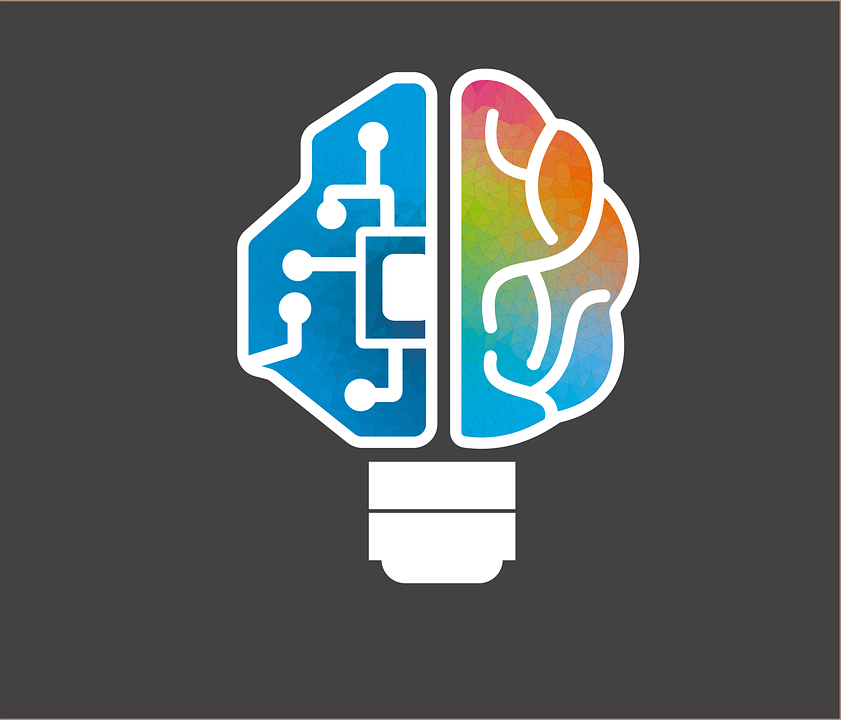
Printed circuit boards, or PCBs, are the backbone of most electronics, and they mechanically support and connect the electronic components that are soldered to them. Although PCBs are small, the process to prototype and manufacture them is quite lengthy. Many companies outsource this process to third parties in Asia, which can be slow and expensive. However, the advent of 3D printing has ushered in a new era for PCB development, and what was once labeled too costly and time consuming is now a production method that can save time, money, and resources.
3D Printing: Additive Manufacturing
3D printing is a form of additive manufacturing. Objects are created by adding materials, layer by layer, throughout the 3D printing process. As an alternative to using the traditional method of creating a PCB—printing the circuit board on one large sheet of material and dispensing of excess materials—additive manufacturing processes build up the PCB as it prints. Because 3D printing only uses materials that are essential to build the product, less material is used overall, resulting in lower manufacturing costs. This process also eliminates waste and reduces manufacturing time from several weeks to a few hours.
In addition, multilayer PCBs—a series of double-layer boards that are bonded together and connected vertically via different circuits within the board—can also be produced with a 3D printer. Using the additive manufacturing process, beads of solder or conductive material are printed on the surface of the circuit board and coupled with a secondary material to create 3D PCBs with intricate internal wiring. This technique offers numerous benefits because the circuits aren’t constrained by flat PCB boards and can be fabricated to fit the shape of any product.
3D Printing for Prototyping
Prototyping or conceptual design processes—in any type of development project—are usually slow, costly, and prone to limitations and bottlenecks. In addition, when and if a flaw is identified, the entire prototype process usually begins again, including redesigns, approval, and finally, production. The complex development of PCBs can be especially prone to workflow constraints, which are exacerbated if fabrication is outsourced.
57% of all 3D printing work is done in the first stages of new product development. 3D printing allows for the creation of prototypes of circuits and PCBs to move in-house, reducing procurement expenses and any intellectual property concerns. Furthermore, printing PCBs in-house allows developers to test ideas that might otherwise be too costly and time consuming. By using a 3D printer, a team can design and print a new PCB prototype in-house and test it internally, allowing them to easily iterate their designs, improve their workflow and quality control, and achieve an overall faster time to market.
3D Printing for Product Personalization
As 3D printers have become more widely available, more and more businesses have utilized them to fulfill their production needs. 3D printing enables mass-produced parts to be customized and personalized without slowing down production or incurring more costs. For example, tens of thousands of custom hearing aids have been 3D printed in the past 20 years, and bicycle company Hexr currently uses a 3D printer to fabricate custom cycling helmets to create a fit that conforms to each customer’s unique head shape.
The 3D printed electronics company Nano Dimension recently launched a 3D printer capable of producing customized PCBs on demand. This 3D printer, called the Dragonfly Pro System, utilizes material jetting technology to print multilayer PCBs with various features including interconnectors. The DragonFly Pro System has been used in applications including sensor technologies, radio frequency (RF) space systems, and IoT communication devices for smart homes.
As 3D printing equipment continues to advance and produce PCBs quickly and more economically than traditional manufacturing methods, the excitement around this new technology will grow. In the future, we may be able to print and prototype integrated electronics parts using desktop software and 3D-printed functional electronics may become commonplace.
Rapidly advancing technology is fueling the change in PCB manufacturing methods but requires an increasing demand for engineers and people who can understand and work within the field of PCB design and development. EPTAC offers a wide range of comprehensive IPC certification courses throughout North America including the IPC Designer Certification or CID (Certified Interconnect Designer), the industry’s premier professional development program directly focused on PCB. With a wide variety of courses offered at locations across North America, we are confident that your team will train smarter, work smarter, and succeed with EPTAC.
About EPTAC
For over 30 years, EPTAC has been a leading provider of solder training and IPC certification. We provide professionals with the tools and training they need to advance their careers and improve their businesses. With 19 locations across North America, our solutions and instructional staff provide easy access to knowledge that will enhance your business model and help you meet and exceed industry demands. For more information call 800.643.7822 or contact us.





